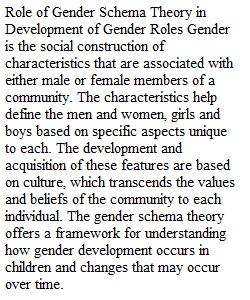


Q One Essay Response is due by Sunday, Aug 14th (but may be submitted at any point throughout the semester) Choose ONE of the following prompts. Your response should be 2 double-spaced pages of actual written content (your name, the date, etc. do not count as part of the 2 pages.) It’s okay if they run a bit long – some of the responses may require longer responses. If there is a particular area that you are interested in that I didn’t offer in the prompts, please feel free to let me know and we can work out a written response based around your topic of interest. Your responses need to be informed by the material we have been learning, but this is not a research paper. The goal is for you to explore these concepts from your own perspective. It doesn't have to be in any particular format (APA, etc.) but make sure it is written clearly and in paragraphs. --------------------------------------------------------------------------------------------------------------------------- 1. Describe research that has been conducted to determine when children develop a sense of self. At what age do children show a sharp increase in self-awareness? Give multiple examples and discuss the advantages and limitations of the tests from your point of view. 2. Summarize key features of the developmental sequences of children’s play from ages 1 to 6. Give examples of each that we have not discussed in class. Be sure to outline what the key differences between the stages are. 3. Explain gender schema theory and how it may contribute to a child’s sense of gender. Use examples and be specific. 4. What are moral emotions? What is the importance of moral emotions and how do parent–child relationships influence the development of these emotions? 5. Individuals who were born in 1985 were in high school when the terrorist attacks of September 11, 2001, occurred. Those who were born a decade later, in 1995, were in the early elementary grades. Individuals in both cohorts probably remember the events, but because they experienced them during the different periods of development, the two groups might have been affected differently. What kinds of differences do you think might be found in these two cohorts’ long-term reactions to the events of September 11, 2001? 6. There are many situations in which parents would like to have specific, research-supported guidance from developmentalists that would ensure their children’s well-being. For instance, parents who divorce are usually concerned about the effects on their children. Think of at least five variables that might affect how a child will respond to her parents’ divorce. List and describe the variables. Read over your list, and reflect on the complexities involved in predicting developmental outcomes. 7. What are the pros and cons of allowing researchers to deceive participants about the purpose of a study? What are the pros and cons of requiring researchers to inform participants that they have been deceived after a study is over? Use examples in order to demonstrate your point. 8. What are the pros and cons of educating parents and teachers about Piaget’s stages of cognitive development? That is, to what extent might parents and educators who learn about Piaget’s stages overestimate or underestimate children’s abilities? Use examples.
View Related Questions